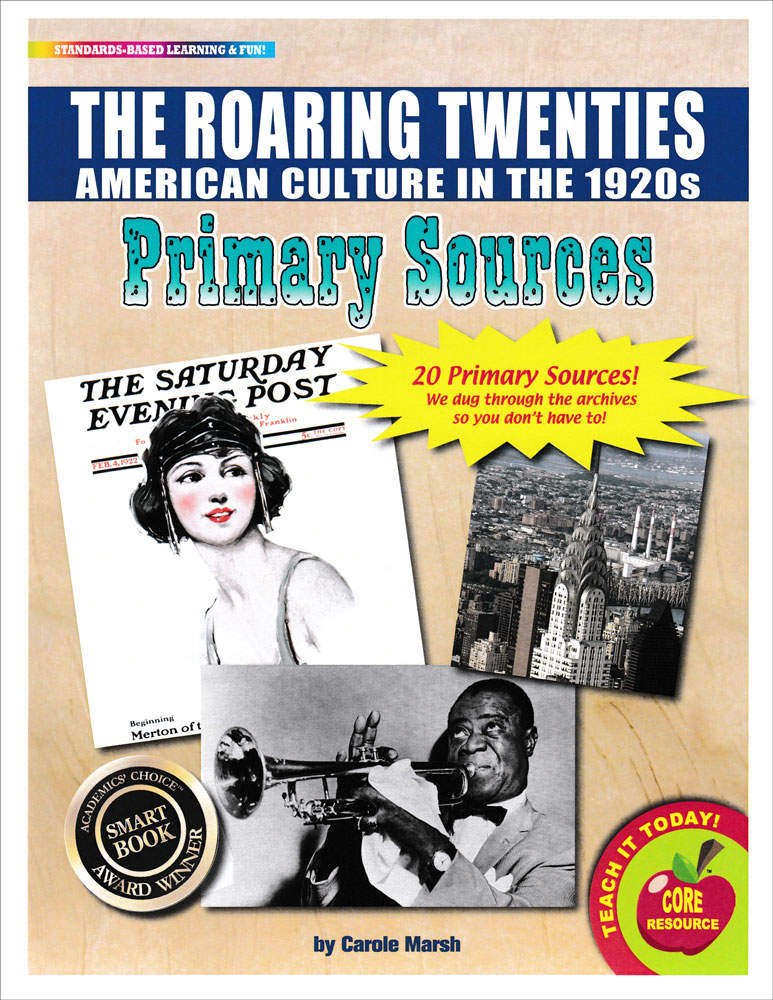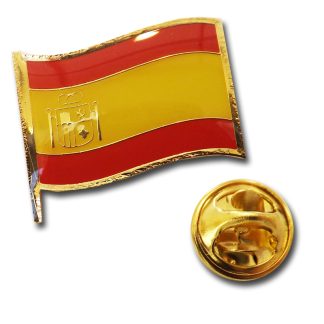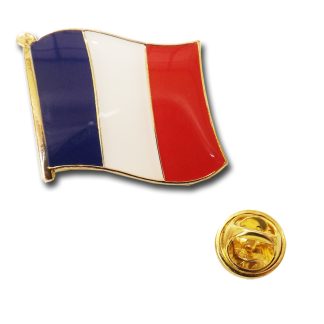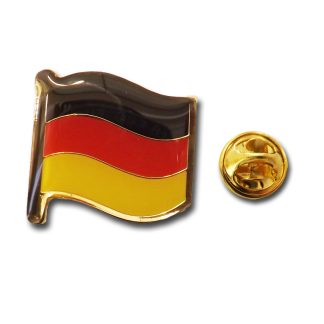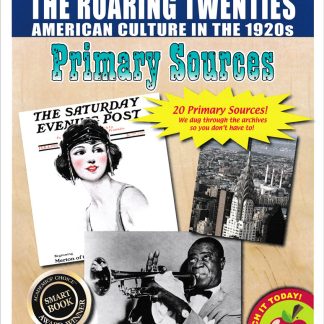Description
The Roaring Twenties (American Culture in the 1920s) Primary Sources/em are just what teachers need to help students learn how to analyze primary sources in order to meet Common Core State Standards!Students participate in active learning by creating their own interpretations of history using historical documents. Students make observations, generate questions, organize information and ideas, think analytically, write persuasively or informatively, and cite evidence to support their opinions, hypotheses, and conclusions. Students learn how to integrate and evaluate information to deepen their understanding of historical events.The 20 Primary Source documents in The Roaring Twenties (American Culture in the 1920s)/em include: Photograph of young immigrants at Ellis Island, New York–circa 1915dash;1920 Political cartoon depicting the women’s suffrage movement in the United States–the 19th Amendment was passed in 1920, giving women the right to vote–1917 Copy of advertisement for a Ford touring car in Farmers/em Magazine/em–1920 Photograph of Major League Baseball superstar Babe Ruth and political cartoon depicting national interest in his accomplishments Newspaper advertisement for the Kelvinator refrigerator–electric refrigerators began to replace ice boxes in the early 1900s–ad published 1920 Self-portrait by Walt Disney used on his business envelopes as he began his career as a cartoonist–1921 Photograph of New York City police commissioner watching agents pour liquor into a sewer after a raid during Prohibition–1921 Cover page for song ;ldquo;I’m Just Wild About Harry;rdquo; from the Broadway show Shuffle Along/em–first financially successful Broadway play with African American writers and an all-African American cast–1921 Saturday Evening Post/em magazine cover titled ;ldquo;The Flapper;rdquo;–1922 Photograph of Ford Motor Company assembly line–Henry Ford’s assembly line concept revolutionized the manufacturing industry–1923 Photograph of President Calvin Coolidge throwing out a baseball at a Major League Baseball game–Calvin Coolidge served as the 30th U.S. president from 1923 to 1929–photo taken 1924 Photograph of women tuning a radio–listening to radio in the 1920s was an exciting new form of entertainment–circa 1925 Photograph of Langston Hughes and the words to his poem ;ldquo;Mother to Son;rdquo;–Hughes was a leader of the Harlem Renaissance in New York City Entertainer Josephine Baker performs the Charleston, a popular dance during the Roaring 20s–1926 Photograph of Charles Lindbergh in front of his airplane, Spirit of St. Louis/em–Lindbergh is famous for completing the first transatlantic flight–1927 Copy of movie poster for The Jazz Singer/em–its release signaled the growth of sound films and ended the silent film era–1927 Photograph of crowd outside the New York Stock Exchange after the stock market crash–1929 Photograph of a workman on the framework of the Empire State Building–builders competed to build the tallest skyscraper in New York City in the 1920s–photo taken 1930 Photograph of jazz musician Louis Armstrong–1952 Photograph of the Chrysler Building in New York City–example of the Art Deco movement–photo taken 2005Your students will: Think critically and analytically, interpret events, and question various perspectives of history. Participate in active learning by creating their own interpretations instead of memorizing facts and a writer’s interpretations. Integrate and evaluate information provided in diverse media formats to deepen their understanding of historical events. Create a more relevant and meaningful learning experience.span style=”color:#FF0000;”Download the Gallopade Free Online Teacher’s Guide for Primary Sources PDF located in ;ldquo;Additional Info.;rdquo;/spanAll levels. 8 x 11 inches each. Cardstock.
